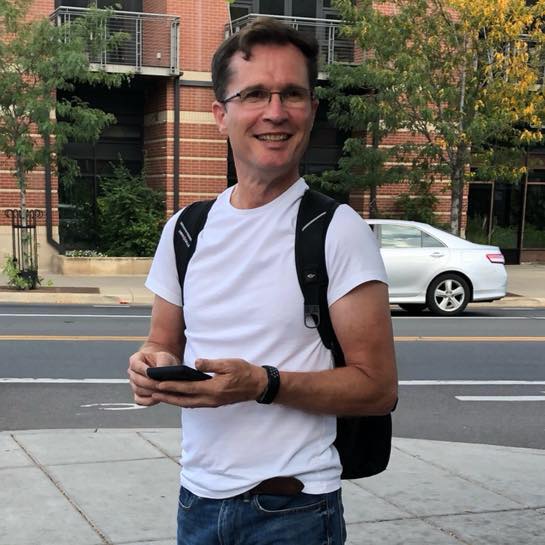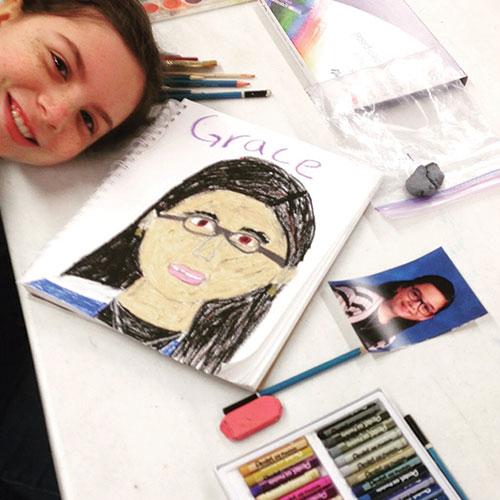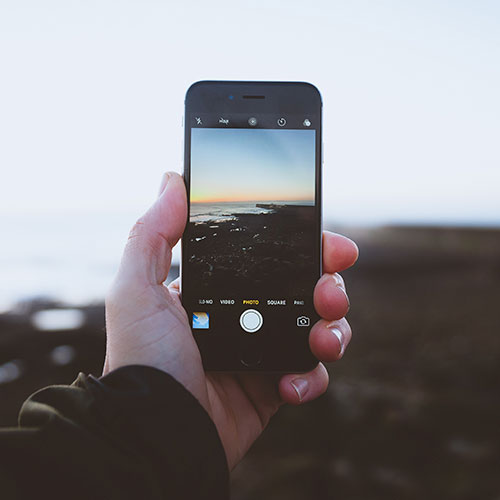Your Art Coach
Todd has been creating art his whole life. Eventually that passion led to his Bachelors Degree (B.F.A.) in Fine Art. Now, he want to pass on what he learned – and the love of learning – to you!
He has experience as a substitute art teacher, in one of the most sought after public school districts in Wisconsin. This teaching experience led to the establishment of his own studio as a working and teaching space right here in Tucson.
Since 2000, Todd has been a professional artist working as a painter and web designer/developer. His paintings can be found on the walls one of the largest universities in the United States, University of Wisconsin, Madison.
His work is also widely collected by hospitals, clinics, the Department of Defense and a nationwide audience of private patrons.
What sets Todd apart from other studio art teachers is that he is a practicing, professional artist and designer who also happens to really enjoy passing along all that he has learned to others.
“Learn how to create your own artwork in a professional studio.”
Group
2 Hour Session
$20 per Student
Individual
2 Hour Session
$70 per Student
Calendar
When the first class reaches 6-ish, other days and time slots and days will become available.
Monday
No lessons available today.
Wednesday
No lessons available today.
Thursday
No lessons available today.
Friday
No lessons available today.
But Wait, There’s More!
Ok, I know we’re starting out a REALLY limited roster of lesson offerings. But this whole lesson thing is going to completely depend on how well we get the word out, and how excited you will be to come. We’ll play it by ear and where there is interest, there will be lessons.
In the mean time, check out future possible lesson offerings below!
blank
Your content goes here. Edit or remove this text inline or in the module Content settings. You can also style every aspect of this content in the module Design settings and even apply custom CSS to this text in the module Advanced settings.
Drawing
Drawing by Observation & Imagination
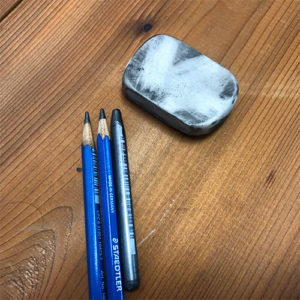 Drawing is the oldest form of art that exists. There have been drawings found all over the planet going back thousands of years in places like the Lascaux cave paintings in France.
Drawing is the oldest form of art that exists. There have been drawings found all over the planet going back thousands of years in places like the Lascaux cave paintings in France.
While the age of paintings is up for debate, the existence of these ancient works of art is mysterious and fascinating.
We will learn more about drawing in pencil (graphite) to create the illusion of volume and form. And we’ll add a little aret history in our lessons to understand why drawing is so important to every other kind of visual art.
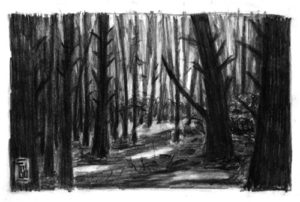
Pen & Ink
Crisp Black Lines
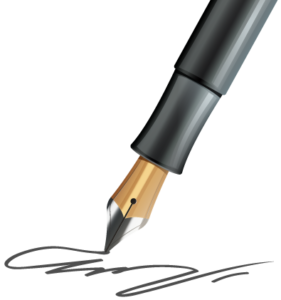 Another kind of drawing is called pen & ink, where traditonally a nib (pen tip) is dipped into a jar of ink and then applied to paper in repeating lines. However, for our purposes, we’ll be using special ink pens called ‘rolling ball’ pens.
Another kind of drawing is called pen & ink, where traditonally a nib (pen tip) is dipped into a jar of ink and then applied to paper in repeating lines. However, for our purposes, we’ll be using special ink pens called ‘rolling ball’ pens.
This method makes it possible to create drawings that have an infinite number of possible variations.
In this type of drawing, we will learn to use many types of hatching in order to create the illusion of objects that have volume, shape and weight.
- Parallel
- Contour
- Cross
- Fine
- Basket or ‘woven’
- Tick
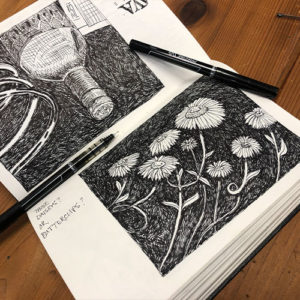
Brush & Ink
Lush & Loose
Another kind of drawing is called brush & ink. This is where a watercolor brush or ink brush is used with India Ink. Much like watercolor, India Ink can be diluted with water to create beautiful, subtle washes.
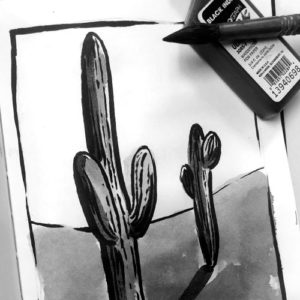
Colored Pencils
Stepping Up with Color
 Colored pencils are a fantastic way to learn about color! Using your knowledge of value gained from lessons in graphite, you can explore the infinite world of color.
Colored pencils are a fantastic way to learn about color! Using your knowledge of value gained from lessons in graphite, you can explore the infinite world of color.
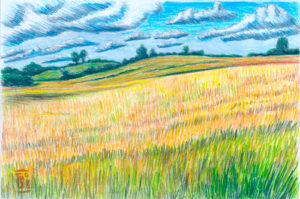
Oil Pastels
Venturing into Oils
Oil pastels are a natural progression from colored pencils. They behave much more like painting, being less precise than pencils. One great feature is that oil pastels are much more blendable than pencils. This will help to loosen you up a bit, resulting in more painterly artwork.
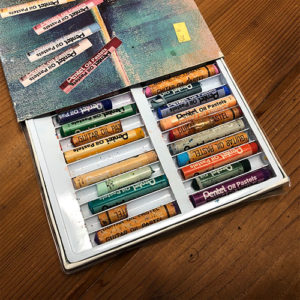
Acrylic Painting
Acrylic Painting
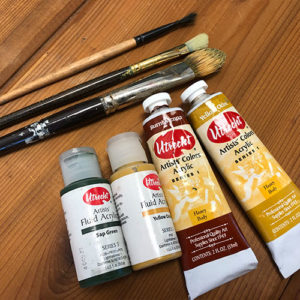 Acrylic paint is water soluble. It’s made of plastic and uses a water binder. That means that when an acrylic painting is done, it is very durable. It dries very quickly without any additional mediums to slow drying time down.
Acrylic paint is water soluble. It’s made of plastic and uses a water binder. That means that when an acrylic painting is done, it is very durable. It dries very quickly without any additional mediums to slow drying time down.
Acrylic paint was first developed in the 1960s. What makes it very different from oil paint is that it does not require any solvents to thin it or clean it up after a great day of creating artwork. All you need is water.
Acrylic painting can be done on anything from paper to canvas. It’s possible to thin the paint down to do glazing, or other mediums can be added to create impasto paintings. We can even add retarder to it to slow down drying time, making it behave more like oil paint.
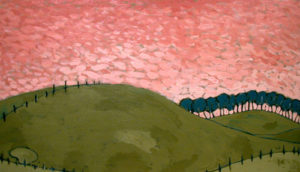
Oil Painting
Oil Painting
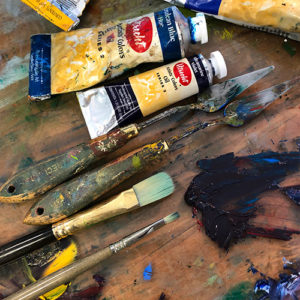 Oil paint is bound together with linseed or walnut oil. Because it uses an oil binder, it can only be thinned with oil based solvents, like linseed oil or turpentine.
Oil paint is bound together with linseed or walnut oil. Because it uses an oil binder, it can only be thinned with oil based solvents, like linseed oil or turpentine.
The properties of oil painting are very diverse. But one of the most satisfying things about working in oils is that they blend so nicely. And unlike acrylics, color tends to be just as vibrant when wet as after drying. And further, drying time is very slow, enabling a workable painting surface for several days, rather than minutes or hours found with acrylics.
It’s generally accepted that oil painting was invented in the 1400s, making it an ancient art medium. Artists like Jan Van Eyck became masters of the medium and paved the way from that time to now in use of oils.
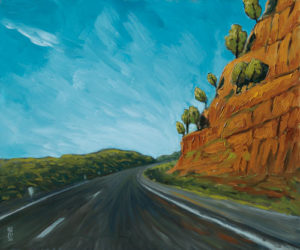
CLOSE LESSON LIST
blank
Your content goes here. Edit or remove this text inline or in the module Content settings. You can also style every aspect of this content in the module Design settings and even apply custom CSS to this text in the module Advanced settings.
Linocut / Woodblock Printmaking
Revealing what is Hidden
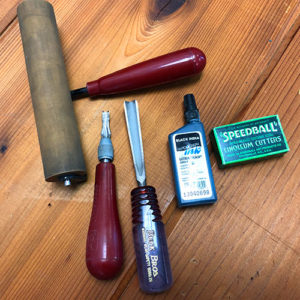 Linocut and woodcut are techniques of printing using a sheet of linoleum or block of wood for a relief surface.
Linocut and woodcut are techniques of printing using a sheet of linoleum or block of wood for a relief surface.
Artwork is cut into the linoleum or wood surface with a sharp knife, V-shaped chisel or gouge, with the raised areas representing a reversal of the parts to show printed.
Once the design is cut into the surface, with a brayer, ink is applied. A sheet of paper is placed on top of the design and burnished onto the linoleum with a baren. Finally, the paper is removed and an image is revealed.
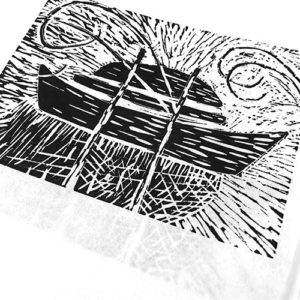
Bookmaking
Bind it All Together
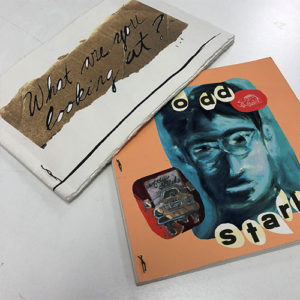 Yes, you can make your own book! And it’s really fun!
Yes, you can make your own book! And it’s really fun!
There are a number of different ways of book binding. But why would you do it? One great thing to do is create a series of drawings and then put the pages together with your own story. Another one reason to make a book is to create your own sketchbook or journal. There are literally as many reasons to bind your own book as there are stars in the heavens.
CLOSE LESSON LIST
blank
Your content goes here. Edit or remove this text inline or in the module Content settings. You can also style every aspect of this content in the module Design settings and even apply custom CSS to this text in the module Advanced settings.
Digital Photography
Framing it up Just Right
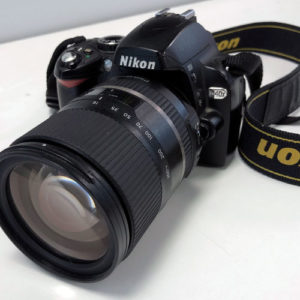 In digital photography a DSLR (digital single lens reflex) camera is used to explore composition, story telling and post production to create beautiful and compelling images.
In digital photography a DSLR (digital single lens reflex) camera is used to explore composition, story telling and post production to create beautiful and compelling images.
Post production of images can add a personal style to your photos. Images can be cropped, color corrected or manipulated with filters in thousands of ways.
You will learn how to store and apply edits to images online and for free. For those more advanced, some software such as Lightroom, Photoshop or Gimp (free) can be explored.
Web Design with WordPress
Build Your Own Site
 Building your own website is very super cool and useful! You can show the world your new photos, artwork or just share your thoughts – with the world!
Building your own website is very super cool and useful! You can show the world your new photos, artwork or just share your thoughts – with the world!
There are thousands of ways to design and build a website. But the one I found best is using WordPress. You can choose just to use a template, or if you feel like digging deeper, I can teach you some HTML (hyper text markup language) and CSS (cascading style sheets )to craft your design and build your site pixel perfection.

